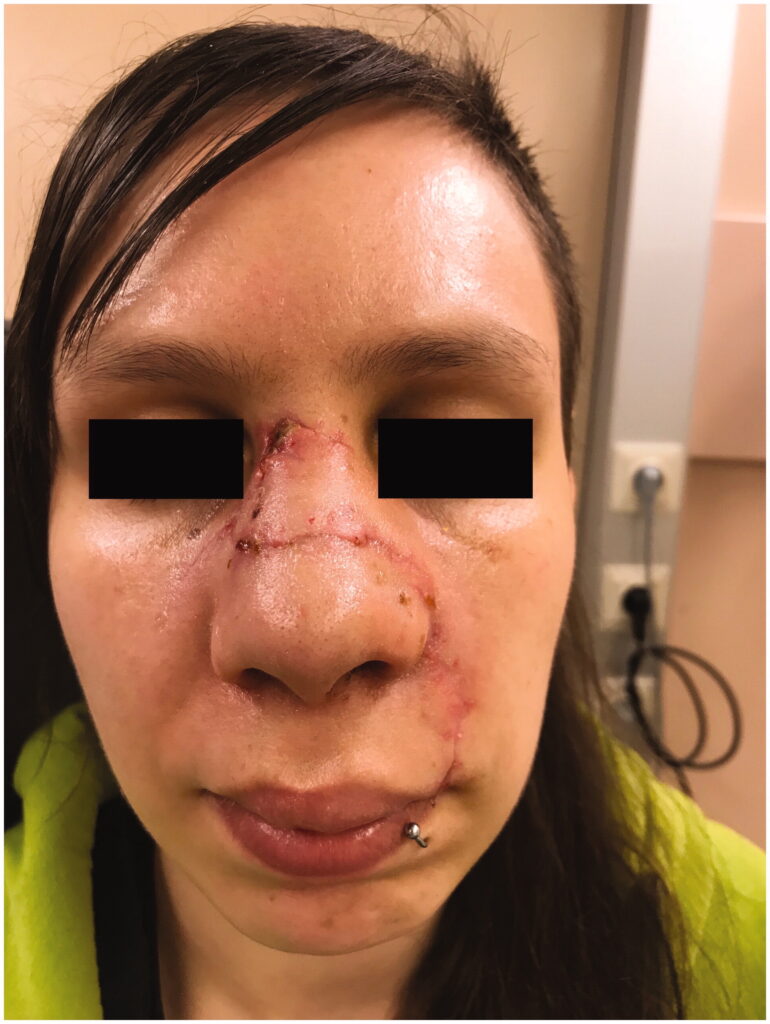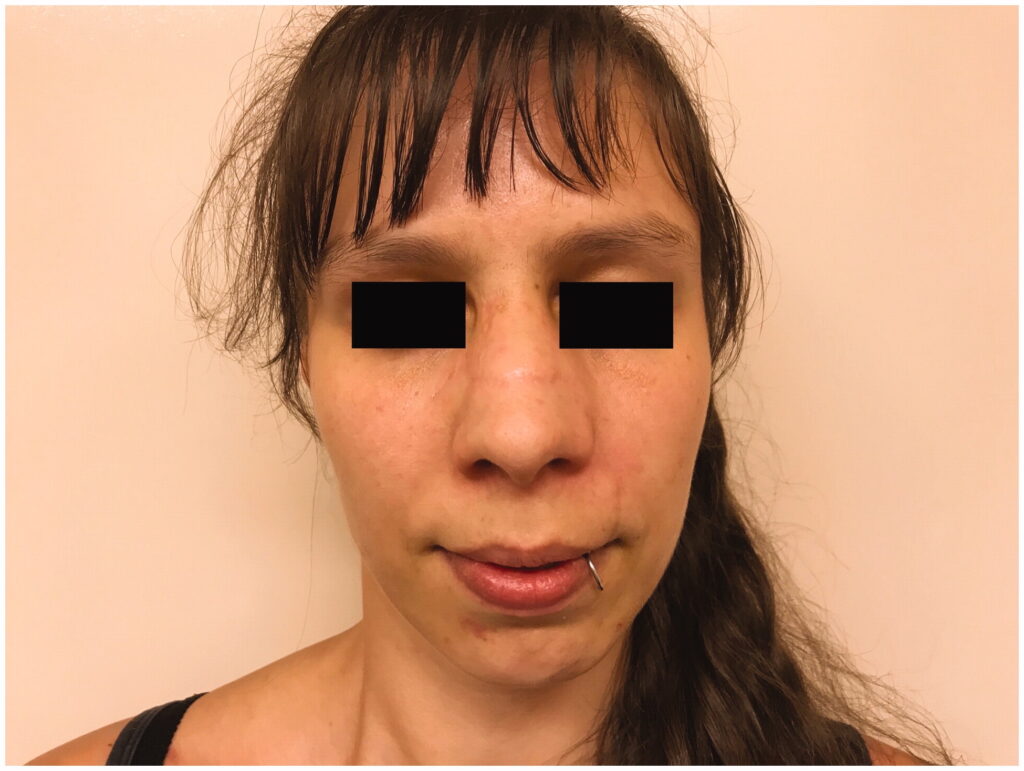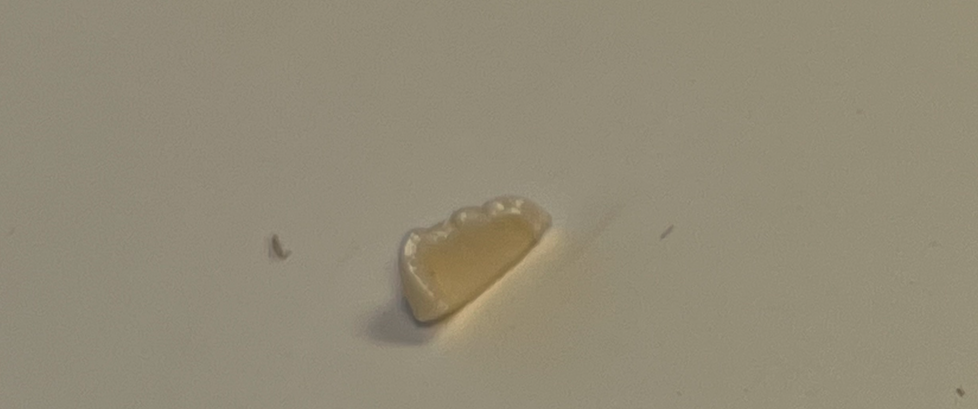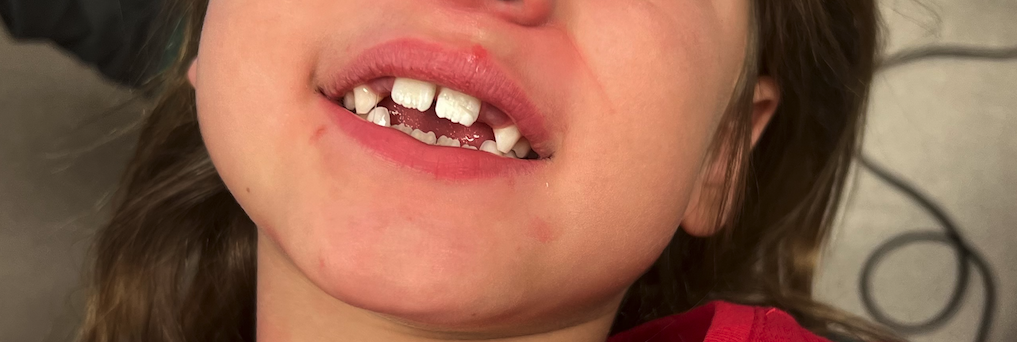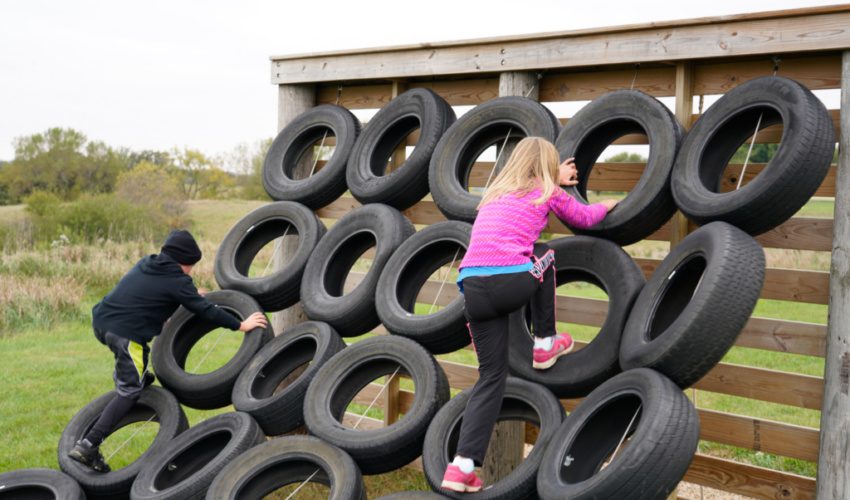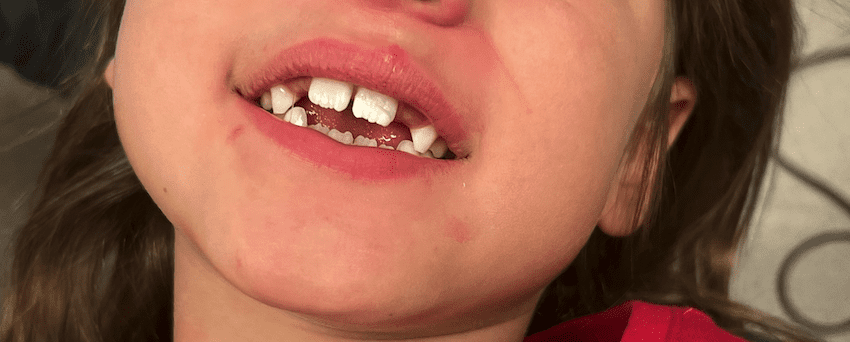From dog bites to falls and sports injuries, facial trauma can be prevented
Sept. 21, 2023
This paid piece is sponsored by Siouxland Oral & Maxillofacial Surgery.
Let’s deviate from the usual topics today and talk a little about facial trauma. This past summer, we saw a solid number of sports injuries but also a disproportionate number of dog bites to the face in young kids — two separate mechanisms of injury, both with potentially devastating consequences.
Let’s talk about dog bites to the face first. Kids love dogs, and dogs love kids, but the potential danger factor here must be recognized. Children’s faces are about the same height of a medium-sized dog, and likewise when they pick up little dogs, the kids tend to put the animals right by their face.
The most common dog bites we see are what we call “catch and release.” In this scenario, the dog gave a nip to say “Get away from me” or “I don’t like that” — unfortunately resulting in some pretty big lacerations to the child’s face.
Conversely, it’s fairly rare that we see a “bite and hold” injury where the dog was outright attacking to injure the child. As you’d expect, they are going to get a scar from this form of injury; some worse than others. There is no amount of rocket science or cosmetic magic that will make the scars go away.
The face holds a lot of nerves, some to move the muscles and some to provide sensation. Furthermore, it also holds a lot of specialized areas of function such as the eyes, the nose, the lips, the mouth and teeth that can get damaged — sometimes irreparably.
However, with the right approach, facial trauma can be healed. Here’s a look at an example of a dog bite injury, from after reconstruction to completely healed:
A dog bite often will affect youngsters from a psychological aspect, typically a form of PTSD from the bite in addition to the long-term cosmetic effects and social problems the child may have long term. Depending on the injury, the personality of the child, their age and their social group, some kids suffer no social problems while others never fully recover socially.
All our doctors and many employees have children as well. It is a lot of work and constant monitoring and reminding the kids again and again to keep their face away from the dog’s face. It’s often a wear-out for the adults, but it simply has to be done. Therefore, the take-home message here is direct: Keep your child’s face away from the dog’s face, 100 percent of the time. Most of what we saw this year was from dogs that people knew — either the family dog, neighbor’s dog, parent’s or cousin’s dog.
Now, we will jump on to sports injuries. Parents: Dental sports guards are a must! You easily can purchase the “boil and bite” ones at many stores in their sports section.
These are pretty affordable and easy to use and to adapt nicely to the teeth. For some people, they seem to stay in place pretty well and in other people not so much. Your dentist actually can fabricate a custom sports mouth guard, and it will be better than the generic one from the store. Different configurations will have different price points. Inquire with your dentist about this!
The upper teeth, especially in younger children, are susceptible to blunt force trauma. With modern bonding techniques and by using a thin ceramic backing bonded to the back surface of the tooth, many injuries that we could not repair well in the past can be fixed now. Of course, active prevention is much better than repair. If your child ends up breaking a tooth, remember that keeping the tooth pieces is sometimes helpful to your dentist or oral surgeon.
If you lose a tooth because of blunt force trauma, most injuries occur in the 1- to 7-year-old group because of falls and 32 percent because of sports injuries. We looked up three articles — find the links below — and over the decades little has changed from the patient’s perspective while a lot has changed from the dentist’s perspective. If the tooth is avulsed, store it in milk or saliva because they are readily available. Tap water on the other hand is not ideal because it can kill the remaining tooth cells. The important thing, however, is to not let the tooth dry out because that kills the cells too.
Finding a dentist after hours or on weekends is the next hurdle. Many times, your hospital ER will be able to reimplant the tooth, and some have emergency tooth pre-implantation and stabilization kits. There are, however, some circumstances in which it’s just not a good idea to reimplant the tooth.
This is in scenarios where the tooth is covered in a lot of debris such as dirt or when the bone that used to hold in the tooth is fractured into many pieces. In those cases, it’s usually better and more predictable to bone-graft the hole where the tooth used to be and place a dental implant at a later date. This should be performed by a board-certified oral surgeon. Every case is, of course, different, so if this happens to you or your child, don’t be too surprised if the answers you are given from your provider differ slightly from the above information.
These are articles on the topic from 1995, from 2004 and from 2023.

